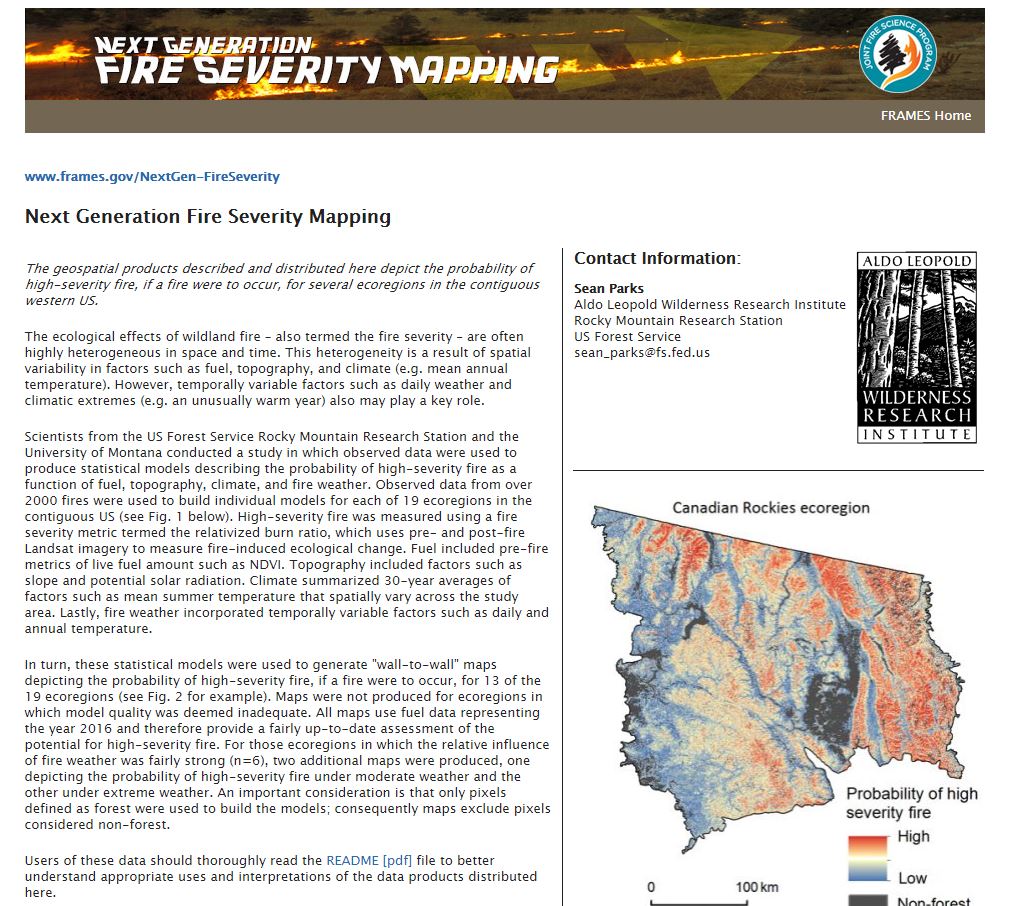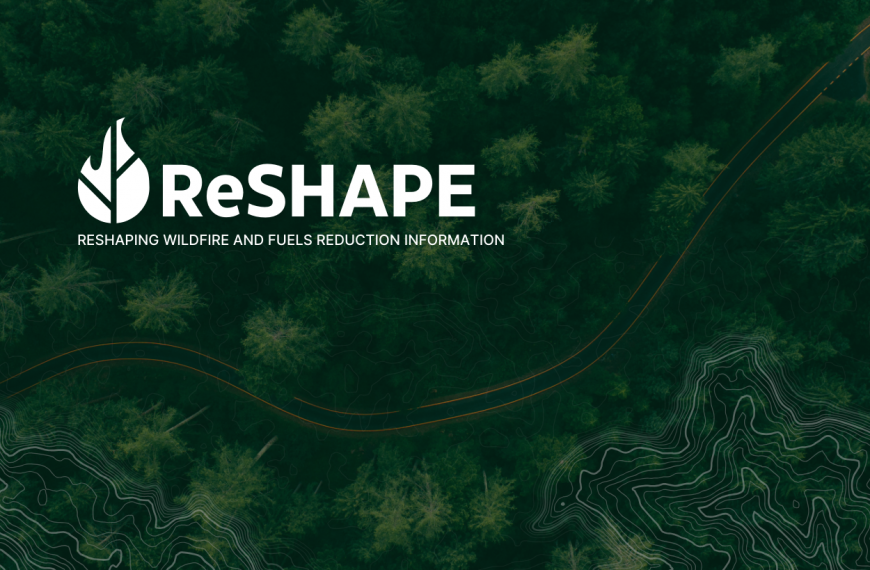Presenter: Sean Parks, Research Ecologist, Aldo Leopold Wilderness Research Institute, Rocky Mountain Research Station, US Forest Service
Date: October 10, 2018 11am AZ/12pm MDT
The ecological effects of wildland fire – also termed the fire severity – are often highly heterogeneous in space and time. This heterogeneity is a result of spatial variability in factors such as fuel, topography, and climate (e.g. a map of mean annual temperature). However, temporally variable factors such as daily weather and climatic extremes (e.g. an unusually warm year) also may play a key role. We conducted a study in which statistical models were produced describing fire severity as a function of live fuel, topography, climate, and fire weather. On average, live fuel was the most influential factor driving fire severity, followed by fire weather, climate, and topography. The statistical models we produced were then used to generate maps depicting the probability of high-severity fire, if a fire were to occur, for several ecoregions in the western US. These maps can potentially be used by land management agencies to prioritize hazardous fuel reduction treatments. This webinar pertains to all mountainous regions of the western US but will slightly emphasize the southwestern US. Click here to view recording of this webinar!






